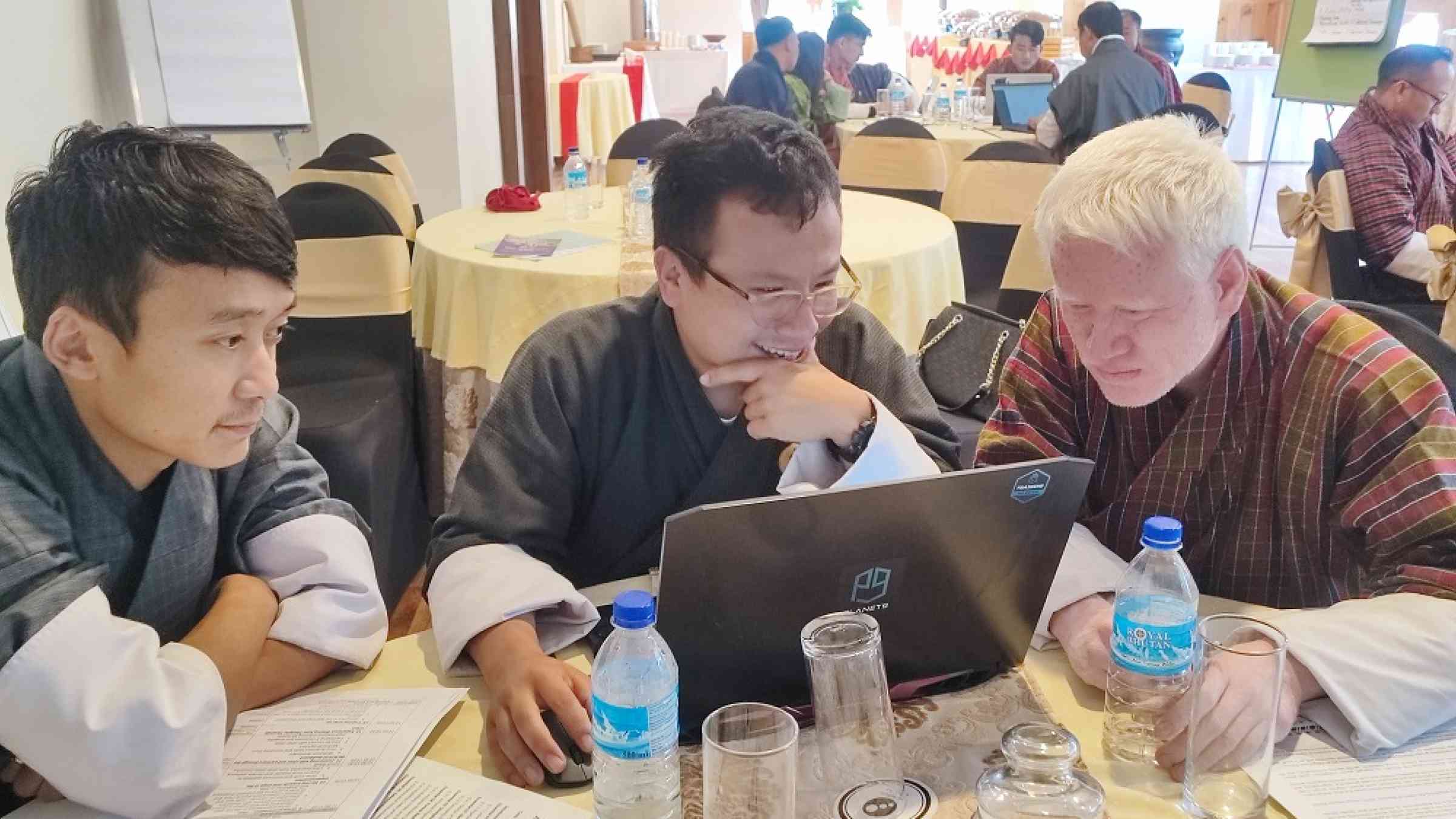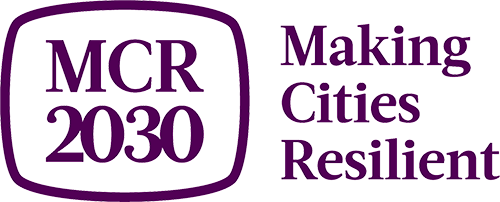Disability inclusion high on mountain kingdom’s agenda

Persons living with disabilities in Bhutan are ready to ‘come forward and speak with our own voice’ as part of the Himalayan Kingdom’s effort to strengthen inclusive disaster risk reduction measures.
Mr Dorji Phuntsho, a person with albinism which also causes vision impairment, said that local disaster prevention planning does not often include the unique perspectives and contributions of persons with disabilities. A lack of timely and accessible disaster risk information, in particular, remains a challenge.
‘We ourselves as persons with disabilities have to engage meaningfully and take a very active participation in the activities that are agreed by the government,’ said Mr Phuntsho, a Programme Officer of the Disabled People's Organization of Bhutan, who identified the development of more accessible infrastructure as one major opportunity.
'We as persons with disabiliies have to engage meaningfully and take a very active participation'
Mr Phuntsho was speaking during a training on Urban Resilience and Disability Inclusion in Disaster Risk Reduction for the four thromdes (local administrative units) in Bhutan: Thimpu, Phuentsholing, Gelephu and Samdrup Jongkhar.
The thromdes completed a ‘deeper dive’ self-analysis on how to strengthen disability inclusion based on the United Nations Office for Disaster Risk Reduction’s (UNDRR) Disaster Resilience Scorecard for Cities and its Ten Essentials for Making Cities Resilient. The self-assessment – using the Scorecard’s Annex for the Inclusion of Persons with Disabilities – identified gaps and capacities on how to reduce the disaster risk of persons living with disabilities. From this baseline, the thromdes then developed an initial action plan to address identified priorities.
The mayors of Phuentsholing, Gelephu and Samdrup Jongkhar took part in the self-assessment alongside representatives of disability organizations, urban planners, engineers, and disaster focal points.
The Director of the Department of Local Government and Disaster Management, Mr. Kado Zangpo, said the thromdes face small-scale disasters on a daily basis, especially during the rainy season, making it challenging to shift from a focus on response to one on risk reduction. ‘Developing local plans as a result of this training can help thromdes trigger finance through the development planning and budgeting cycle to implement regular DRR measures.’
The Mayor of Gelaphu Thromde, Mr. Tshering Norbu, said greater efforts were needed to ensure no person with disability is left behind in terms of disaster risk reduction. ‘Inclusion of persons with disabilities is a very important part of building resilience. Such measures have been incorporated in some public space projects, but we still need to strengthen overall planning and policy making,’ Mayor Norbu said.
The UN Resident Coordinator in Bhutan, Ms Karla Robin Hershey, re-emphasized the commitment of the UN Country Team to support the Government of Bhutan in its ambitions on disability inclusion. ‘Local governments are on the frontline of opportunity and are key actors to mitigate the impact of disasters. Inclusive disaster risk reduction needs to be advanced not as a stand-alone issue but as part of a whole-of-society approach,’ she said.
Lead UNDRR Trainer Ms. Mutarika Pruksapong, said the example of Bhutan will inform and inspire local and national governments around the world to scale up efforts on disability inclusion. ‘Capacity building support to local governments in developing and implementing inclusive strategies is a key part of effective disaster risk reduction at the sub-national level,’ Ms Pruksapong said.
In May 2023, Member States of the United Nations General Assembly adopted the Political Declaration of the Midterm Review of the Sendai Framework for Disaster Risk Reduction, which called for the ‘full, equal, meaningful and inclusive participation’ of persons with disabilities ‘in all forums and processes related to disaster risk reduction’.
The Sendai Framework states that an inclusive, accessible, all-of-society approach to protect lives, livelihoods, and wellbeing is the most effective pathway towards resilient and sustainable cities and urban communities. To this end, UNDRR launched Making Cities Resilient 2030 (MCR2030).
Over the past three years, the United Nations-led initiative has mobilized more than 1,590 local governments, representing over 493 million people, committed to strengthening their disaster and climate resilience. The thriving global partnership has also engaged 30 national governments, 10 national municipality associations and 341 service providers which together form a ‘who’s who’ of partners with unmatched tools, expertise, and experience in urban resilience.
The Bhutan training took place as a result of the support of the Government of the Republic of Korea, the Government of Finland, and the Metropolitan City of Incheon, Korea.
The Annex for the Inclusion of Persons with Disabilities is available online. Please click here.

